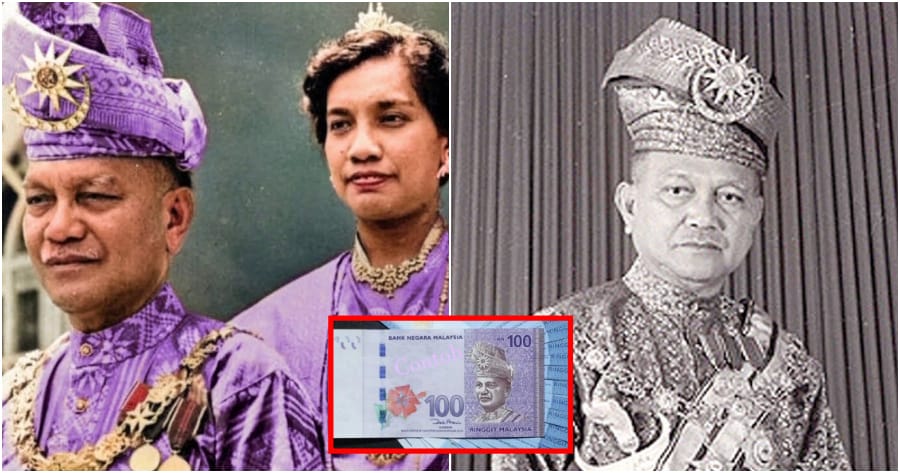The saying often goes that money makes the world go round – but how much do we really know about the physical notes we use quite literally on a day-to-day basis?
One of the most distinct features that can be found on practically every Malaysian Ringgit note is the appearance of a man donning a structured yet magnificent headscarf known as a tengkolok. Though we may see his face more than some of the people we are closest to, the question remains – who is this man?
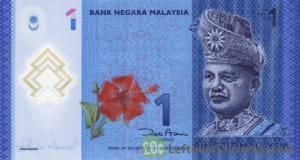
Image for illustration purposes only.
Well, he happens to be the first Yang-di Pertuan Agong of Malaysia, Seri Paduka Baginda Yang di-Pertuan Agong Pertama Almarhum Tuanku Abdul Rahman ibni Almarhum Tuanku Muhammad, or known as Tuanku Abdul Rahman for short. Yes, it bears a big similarity to Malaysia’s first prime minister’s name, Tunku Abdul Rahman, but no, they are not the same person.
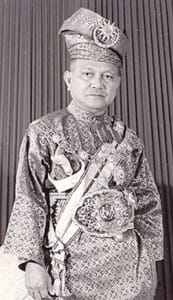
First Agong of Malaysia, Tuanku Abdul Rahman.
Before we get to who is on the Ringgit, how did Ringgit come to be Malaysia’s official currency?
In an article published by Ringgit Plus, it was said that during the Portuguese colonial era, the type of money widely circulated was the Spanish silver dollar. Visually craggy and possessing irregular edges which was a distinctive feature of the currency, the Malays of the time would refer to the item as ringgit, an obsolete term meaning “the jagged ones“.
Moving forward to modern day Malaysia, the terms ringgit and sen were named as the official unit of currency in Malaysia per the gazette of the Malaysia Currency (Ringgit) Act 1975 on 28 August 1975. Prior to that, the currency was known as dollars and cents.
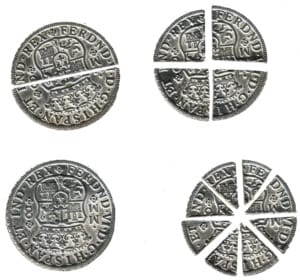
Spanish silver dollar.
Prior to that, however, the first banknotes of Malaysia were officially instituted on 6 June 1967
According to the official page of Bank Negara Malaysia, the institution itself first issued the Malaysian Dollar banknotes on 6 June 1967 in $1, $5, $10, $50, and $100 denominations.
Here are what some of the original notes looked like:
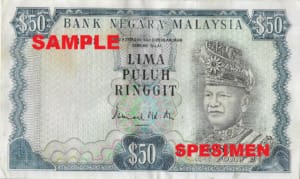
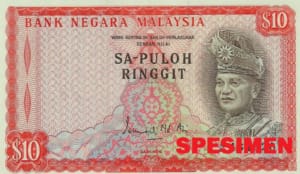
Over the course of time, however, these notes were revised on multiple occasions. In 1982, a second series of designs were released with traditional ornamental designs, while 1996 saw a third series of notes produced in the spirit of Wawasan 2020.
Yet through these years, one signature feature has maintained his place on every Ringgit note.
Tuanku Abdul Rahman has been the staple face on every Malaysian banknote obverse since its institution in 1967 – but why has it been as such?
According to a research nexus organised by Universiti Teknologi MARA (UiTM), the use of the portrait of the first Yang di-Pertuan Agong of Malaysia represents the monarchy and sovereignty of Malaysia.

Tuanku Abdul Rahman and his Raja Permaisuri Agong, Tunku Hajah Kursiah.
In line with the typical rules assigned to Malaysia’s King, the position of di-Pertuan Agong is through a selection and appointment for 5 years, with the elected king eventually getting discharged of his duties and replaced by another Malay ruler after said term is completed.
Having ruled Negeri Sembilan for 24 years prior, Tuanku Abdul Rahman was elected as the first Yang di-Pertuan Agong or Paramount Ruler of independent Malaya on 3 August 1957, merely weeks before Malaysia’s independence. Beginning his reign as of Merdeka Day, His Majesty was officially installed as King on 4 September 1957.
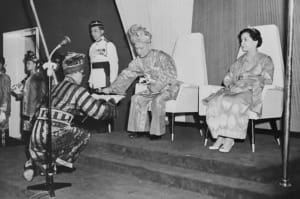
Coronation ceremony of Yang di-Pertuan Agong, Tuanku Abdul Rahman on 13 September 1957.
Therefore, the appearance of the first ever Agong of Malaysia on local banknotes represents a symbol of constitutional monarchy and governance, as well as the united people of Malaysia. Aside from that, the Agong also acted as a patron of the Malays and indigenous people of Malaysia, which are those from Sabah and Sarawak.
In reference to his appearance on the banknotes, the portrait of Tuanku Abdul Rahman consists of royal Malay customs attire. His headdress is embellished with a crescent and 11-point stars to represent the formerly known Federation of Malaya, which consisted of 11 states. The crescent and star symbol itself can be found in the coat of arms and the Jalur Gemilang.
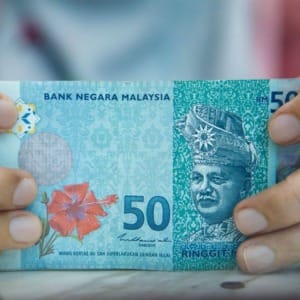
More than just a face, Tuanku Abdul Rahman’s image on Malaysian Ringgit notes carries a greater significance than many may know
On 1 April 1960, Tuanku Abdul Rahman passed away in his sleep at Istana Negara during the wee hours of the morning.
And while His Majesty never had the opportunity to fulfil his entire reign as the Yang di-Pertuan Agong of Malaysia, his significance in Malaysian culture has and will stand the test of time as a monumental figure, representing one of the prime source of economic value in our country.
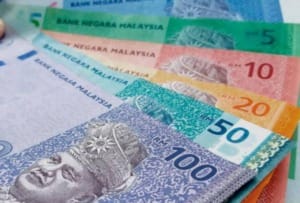
Were you aware that the signature face on our Malaysian Ringgit notes was our first Agong? Let us know!
Also read: Did You Know: Kuala Lumpur Used to Be the Capital City of Selangor Until the Mid-1970s

